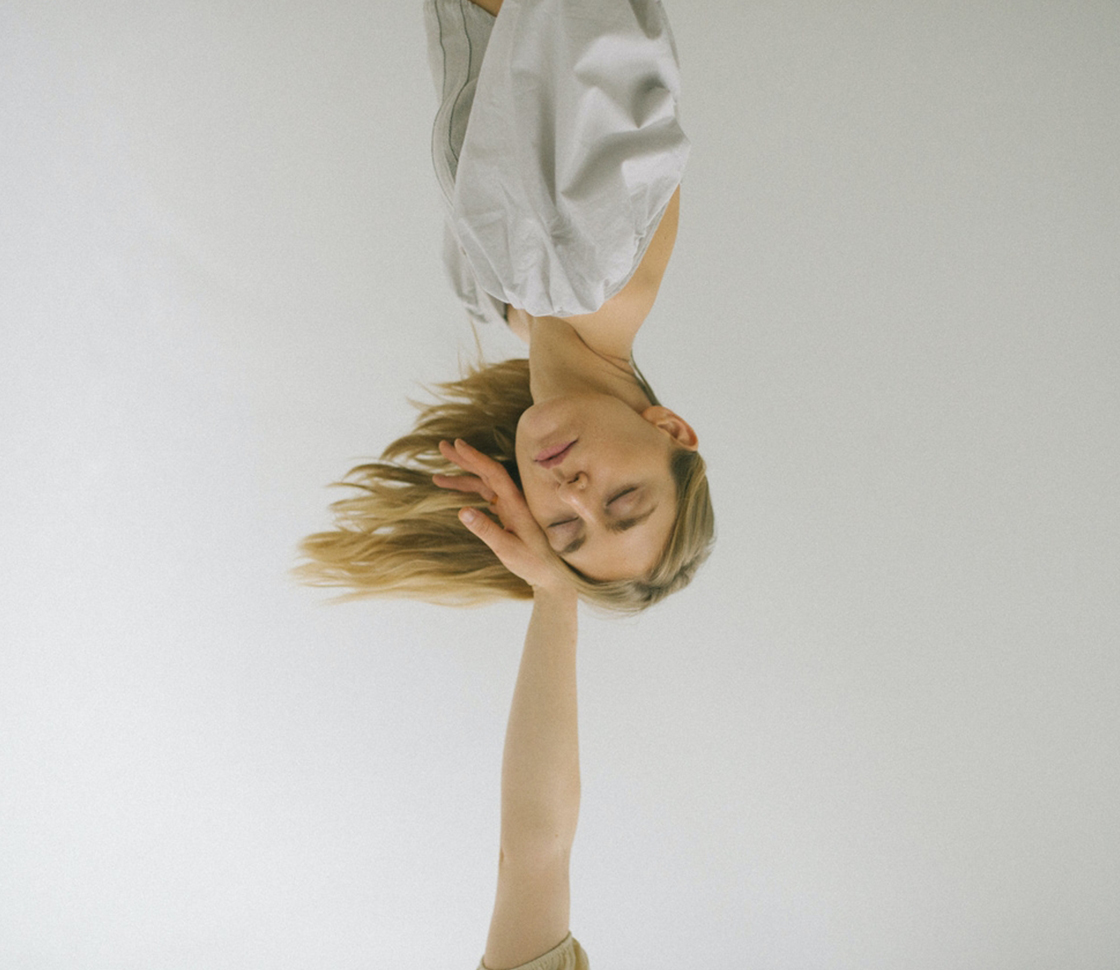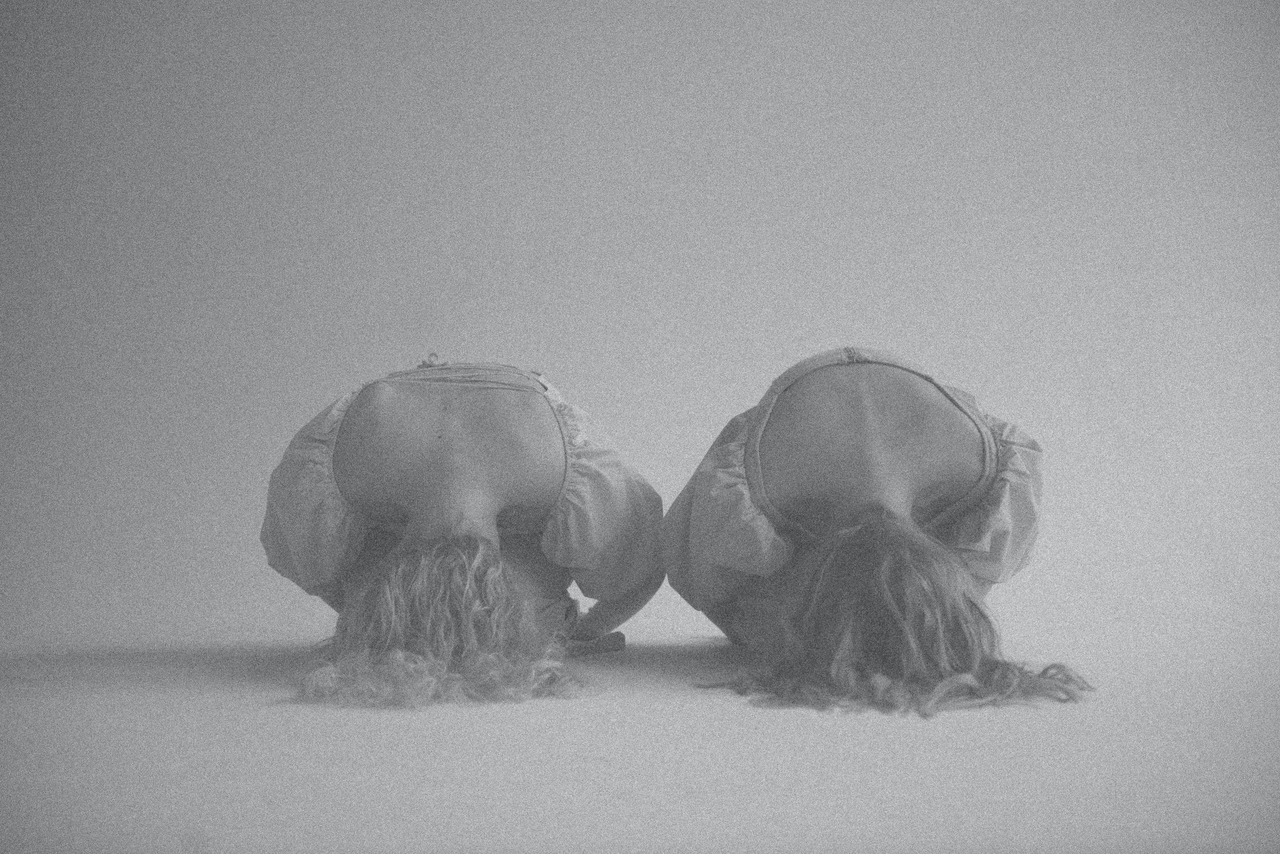Why meditate?
A daunting question to attempt to answer, isn’t it?
How often do we dare ask ‘why’ as adults? There is a directness and great power in asking questions, choosing to inquire as to the essence of things.
‘Why’ is a great way in, especially for a curious beginner (why commit my time to this?), or the sceptic (what’s in it for me?).
Indeed, why should you attempt to practice this thing that seems so hard, relatively obscure, maybe even a little woo-woo despite the overwhelming science showcasing its benefits?
Have you ever heard about the five whys technique? It’s known as a problem-solving methodology that explores the cause and effects underlying a particular problem.
I bring this up because when I sat down to design an online meditation course that I am about to put online, I sat down with my iPad. I stared outside my window, with a cup of coffee by my side, and gazing into the landscape in front of me I asked myself ‘why,’
Why, why, why, why? I was putting myself in your shoes, and the shoes of my future students.
Why would you want to meditate? Why would you want to learn from me? Why would you give your most precious resource, your time, to study and perhaps give meditation a try?
I wanted answers, my own, not anyone else’s, to share with you.
After asking myself why enough times, I got it! Almost like a file download, the whys had started the process and the answer landed in my inbox-like mind.
And I know it was the right answer because when I say it, it feels like freedom, it feels spacious. It feels true.
Why meditate?
Because it’s the path to connection.
Of course, there is much to say about it but I wanted you to know this from the start. And now I invite you to follow me and I’ll guide you through all the way to this conclusion.
But before I do, I also wanted to share a further motivation. When I chose to ponder on ‘why meditate?,’ maybe the problem I was trying to solve was actually: ‘why isn’t everyone in the world meditating?’
And truly, I’m asking myself this exact question right now. Why isn’t everyone?
I have seen and expressed amazing benefits in my life, from my body, my relationships, to my focus and concentration. I see it and experience it every day. I’ve seen it in the life of my teachers, my peers, as well as my students.
Is it just a lack of time? Misunderstanding about the benefits? Aspects linked to religion perhaps? Confusion as to how to do it or where to start? The difficulty of installing a new practice?
We have this great tool at our disposal, and it costs virtually nothing – many centres offer classes for free. So why aren’t we all just doing it? Is it because no huge marketing and advertising machines are trying to devise techniques to get us to consume meditation?
Or is it because it’s hard to commoditise, I wonder? Although nowadays, we’ve seen tech companies embrace meditation, with Calm app valued at $2B and Headspace at $3B in 2021.
My hunch is that it’s a mix of the above, but there’s more.
Simply, mindfulness and meditation are still widely misunderstood. And science, or rationalising the argument for it, isn’t sufficient to bring us to the well.
You see, as human beings, we trust our intellects over our hearts. The reality is we are feeling and emotion machines first, and we use most of our brain power to justify the emotional choices we make.
That’s why hearing beautifully crafted arguments and absorbing academic papers, or reading books and theory of how to meditate, is simply not enough to bring us to practice. We need to feel our way through it. Feel the benefits.
Stephen Porges, Ph.D, father of the polyvagal theory, offered this in a recent lecture I attended:
‘We think that cognition is the jewel of what it is to be a human. But especially during the pandemic, what we learned firsthand is that it’s not our cognition, it’s our feelings that matter most.
Suddenly we start seeing what are the true values in life, connectedness, feeling safe with others, trusting. Not accumulating more wealth, not accumulating more things.
No, that’s not where you get your satisfaction. Your feelings of self come through accessibility and connectedness.’
You may have heard this before: we are not thinking creatures who feel. No it’s the other way around: we are feeling creatures who think.
It is by having the experience of meditating, by feeling our way through our practice – not rationalising about the benefits – that we not only become meditators, but that we experience the change, that we get the goods.
Recently, perhaps proving this very point, one of my online practitioners suggested monthly in-person gatherings. I was a little taken aback by the request, she was very new to the group, but after spending a moment on it, I understood: like her, I spent quite some time trying to find a group when I got here, in Geneva where I currently reside, to find others to practice with. The organisations I did find didn’t speak to me. I kept looking and finally chose to continue to study online – and to teach online.
We try to find the others.
We seek connection. We seek to hear and understand from others. Our solo experience is important but not sufficient, because we are wired for connection (more on that later). When we share, or listen to others, in a space (whether online or offline) where we feel safe, we learn.
We hear each other’s stories and we get to connect, not just intellectually but emotionally.
Stories are how we learn without explanation (something I was reminded of by master storyteller Robert McKee).
So we are not ‘live’ right now, in a room together, but indulge me and let’s pretend that we are. Let’s imagine I’m sitting across from you, in a comfortable, quiet setting of your choice and I’m going to lean into this and tell you a few stories, to illustrate and hopefully get you to feel that meditation isn’t just a valuable tool in your life, but a game changer for all of us.
Let me repeat that beyond stories, ‘doing it’, actually sitting down on a cushion or a chair and meditating, is what brings the curious observer or even the sceptic to become a practitioner.
Nike had a point. So I embrace their motto, except this time, when I tell you ‘just do it’ I’m telling you to take your shoes off, and go sit somewhere quiet, not go for a run. You’ll find links to various guided practices in the footnotes to help you do just that.
If you already have a meditation practice, hopefully you’ll not only recognise some of your own experiences, but maybe be inspired to try something new or gain another perspective
The last thing I’d like you to consider before moving further is this:
Us human beings, we are not only complex, we don’t take advice too well, either, and you may have noticed this in your own life. So don’t just take it from me, or anyone else. But perhaps take a moment to ask yourself these questions, and if you have a pen and paper nearby, I invite you to journal and ponder on them.
What do I want more of in my life?
Why am I here?
Why do I want to meditate?
What is my deep intention for this life?
I also invite you to do what I ask my students to do at the start of each of our live gatherings:
Make an intention for our time together.
You can make an intention of presence, being laser-focused, to bring your deep awareness to this reading.
Or it could be an intention of openness, ‘beginner’s mind’: dropping your preconceptions, or even whatever you may think you know already, as if everything I’ll be telling you about is brand new.
Or perhaps you could make an intention to be relaxed, kind, soft, to take your time with this, not thriving, but focusing on your experience.
Whatever it is, I invite you to grab that piece of paper and a pencil, or a Post-it note, and write down your intention.
And now, here is a short guided practice to get you started.
ARTICLE TO BE CONTINUED.


